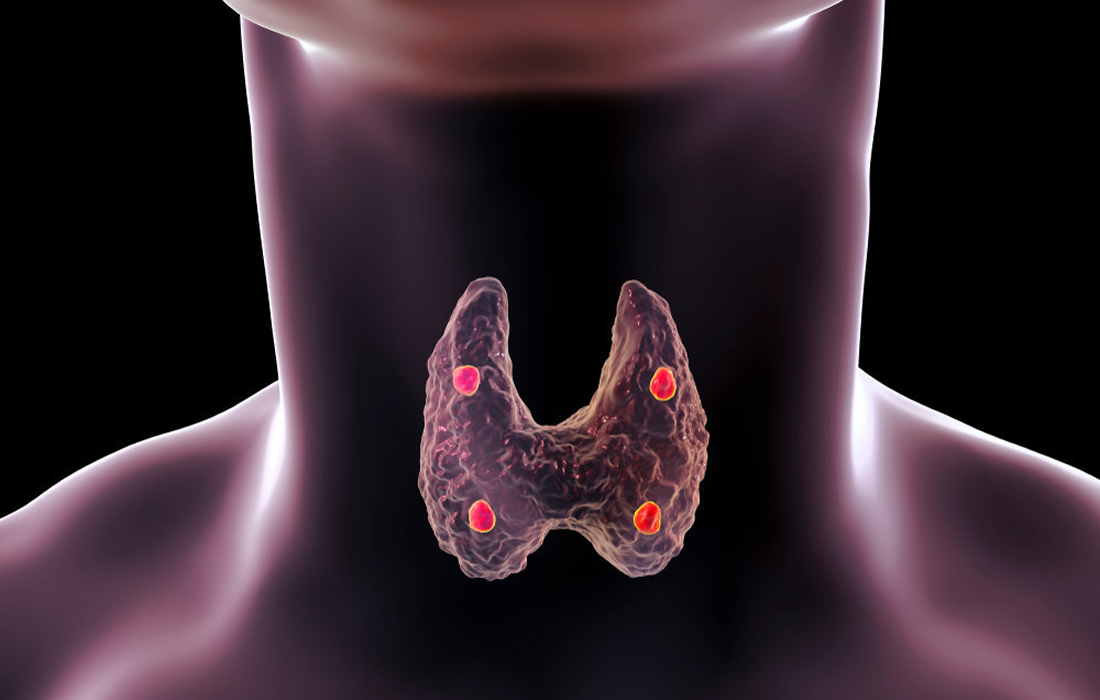Regenerative Medicine News and General Information
Parathyroid Tissue Derived from Patient’s Stem-Cells
The parathyroid glands usually are four delicate structures 3–4 mm in size, situated close to the thyroid gland, and functionally maintain calcium homeostasis by secreting parathyroid hormone (PTH). Calcium is an essential element for the nervous, muscular, and skeletal systems. Parathyroid glands consist of chief and oxyphil cells; the former express calcium-sensing receptors (CaSR) and regulate the blood calcium concentration by mediating PTH secretion.
Parathyroid diseases are heterogeneous conditions that are generally caused by alterations in PTH secretion, resulting in dysregulation of calcium homeostasis. In primary hyperparathyroidism, reduced CaSR expression has been noted ,resulting in uncontrolled release of PTH, leading to hypercalcemia.
The development of parathyroid-targeted treatments and imaging tracers could benefit from in vitro models. Organoids are 3D structures that closely recapitulate tissue architecture and cellular composition and are developed from stem cells. These models have proven very useful for studying tumor behavior and assessing drug responses and have provided a platform for long-term in vitro experimentation.
New study shows patient-derived parathyroid organoids (PTOs) could pave the way for future physiology studies and drug-screening applications.
In this study, Kruijff and co-senior study author Rob Coppes of the University Medical Center Groningen set out to establish a patient-derived PTO model representing human parathyroid tissue. The researchers obtained human benign hyperplastic parathyroid tissue from patients undergoing parathyroid surgery. They isolated parathyroid stem cells from the tissue and examined their potential to expand and form PTOs.
The PTOs resembled the original tissue on both gene and protein expression levels and functionality. Additional results demonstrated increased and decreased hormone secretion in response to changes in calcium concentration and parathyroid hormone-lowering drugs. Moreover, the researchers found specific parathyroid-targeted tracer uptake in the PTOs. Taken together, the results demonstrate that these organoids could model human parathyroid functionality.
One limitation in this study was the absence of the original microenvironment, including blood vessels and fluctuating concentrations of extracellular signals. Nonetheless, the functional testing and tracer experiment showed that the PTOs are a highly suitable model that resembles functional parathyroid tissue.
In future studies, the researchers are planning to transplant these organoids in rats with hypoparathyroidism to study their function in a living animal model. Also, this technique could be used to try to culture healthy parathyroid gland organoids in order to treat patients with hypoparathyroidism.
SOURCE:
Milou E. Noltes, Luc H.J. Sondorp, Laura Kracht, Inês F. Antunes, René Wardenaar, Wendy Kelder, Annelies Kemper, Wiktor Szymanski, Wouter T. Zandee, Liesbeth Jansen, Adrienne H. Brouwers, Robert P. Coppes, Schelto Kruijff. Patient-derived parathyroid organoids as a tracer and drug-screening application model. Stem Cell Reports. Retrieved from : https://www.cell.com/stem-cell-reports/fulltext/S2213-6711(22)00464-7?_returnURL=https%3A%2F%2Flinkinghub.elsevier.com%2Fretrieve%2Fpii%2FS2213671122004647%3Fshowall%3Dtrue
The parathyroid glands usually are four delicate structures 3–4 mm in size, situated close to the thyroid gland, and functionally maintain calcium homeostasis by secreting parathyroid hormone (PTH). Calcium is an essential element for the nervous, muscular, and skeletal systems. Parathyroid glands consist of chief and oxyphil cells; the former express calcium-sensing receptors (CaSR) and regulate the blood calcium concentration by mediating PTH secretion.
Parathyroid diseases are heterogeneous conditions that are generally caused by alterations in PTH secretion, resulting in dysregulation of calcium homeostasis. In primary hyperparathyroidism, reduced CaSR expression has been noted ,resulting in uncontrolled release of PTH, leading to hypercalcemia.
The development of parathyroid-targeted treatments and imaging tracers could benefit from in vitro models. Organoids are 3D structures that closely recapitulate tissue architecture and cellular composition and are developed from stem cells. These models have proven very useful for studying tumor behavior and assessing drug responses and have provided a platform for long-term in vitro experimentation.
New study shows patient-derived parathyroid organoids (PTOs) could pave the way for future physiology studies and drug-screening applications.
In this study, Kruijff and co-senior study author Rob Coppes of the University Medical Center Groningen set out to establish a patient-derived PTO model representing human parathyroid tissue. The researchers obtained human benign hyperplastic parathyroid tissue from patients undergoing parathyroid surgery. They isolated parathyroid stem cells from the tissue and examined their potential to expand and form PTOs.
The PTOs resembled the original tissue on both gene and protein expression levels and functionality. Additional results demonstrated increased and decreased hormone secretion in response to changes in calcium concentration and parathyroid hormone-lowering drugs. Moreover, the researchers found specific parathyroid-targeted tracer uptake in the PTOs. Taken together, the results demonstrate that these organoids could model human parathyroid functionality.
One limitation in this study was the absence of the original microenvironment, including blood vessels and fluctuating concentrations of extracellular signals. Nonetheless, the functional testing and tracer experiment showed that the PTOs are a highly suitable model that resembles functional parathyroid tissue.
In future studies, the researchers are planning to transplant these organoids in rats with hypoparathyroidism to study their function in a living animal model. Also, this technique could be used to try to culture healthy parathyroid gland organoids in order to treat patients with hypoparathyroidism.
SOURCE:
Milou E. Noltes, Luc H.J. Sondorp, Laura Kracht, Inês F. Antunes, René Wardenaar, Wendy Kelder, Annelies Kemper, Wiktor Szymanski, Wouter T. Zandee, Liesbeth Jansen, Adrienne H. Brouwers, Robert P. Coppes, Schelto Kruijff. Patient-derived parathyroid organoids as a tracer and drug-screening application model. Stem Cell Reports. Retrieved from : https://www.cell.com/stem-cell-reports/fulltext/S2213-6711(22)00464-7?_returnURL=https%3A%2F%2Flinkinghub.elsevier.com%2Fretrieve%2Fpii%2FS2213671122004647%3Fshowall%3Dtrue

